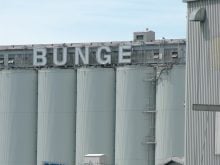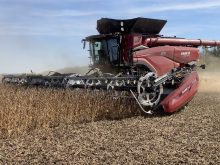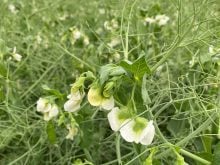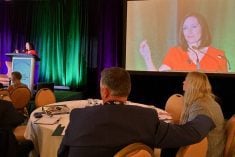Time is running out for Alberta farmers to claim retroactive carbon credits on minimum till and zero till land.
On Jan. 1, they will be able to claim carbon credits and be paid for them, only on present and future cultivation practices that can sequester carbon.
Alberta implemented its Climate Change and Emissions Management
Amendment Act on July 1, 2007. It allows farmers to claim carbon credits back to 2002, in recognition that early adopters of minimum and zero tillage should not be penalized.
“Now it’s use them or lose them time,” said Bill Dorgan, president of Agri-Trend Aggregation Inc., one of several carbon credit aggregators in the province.
Read Also
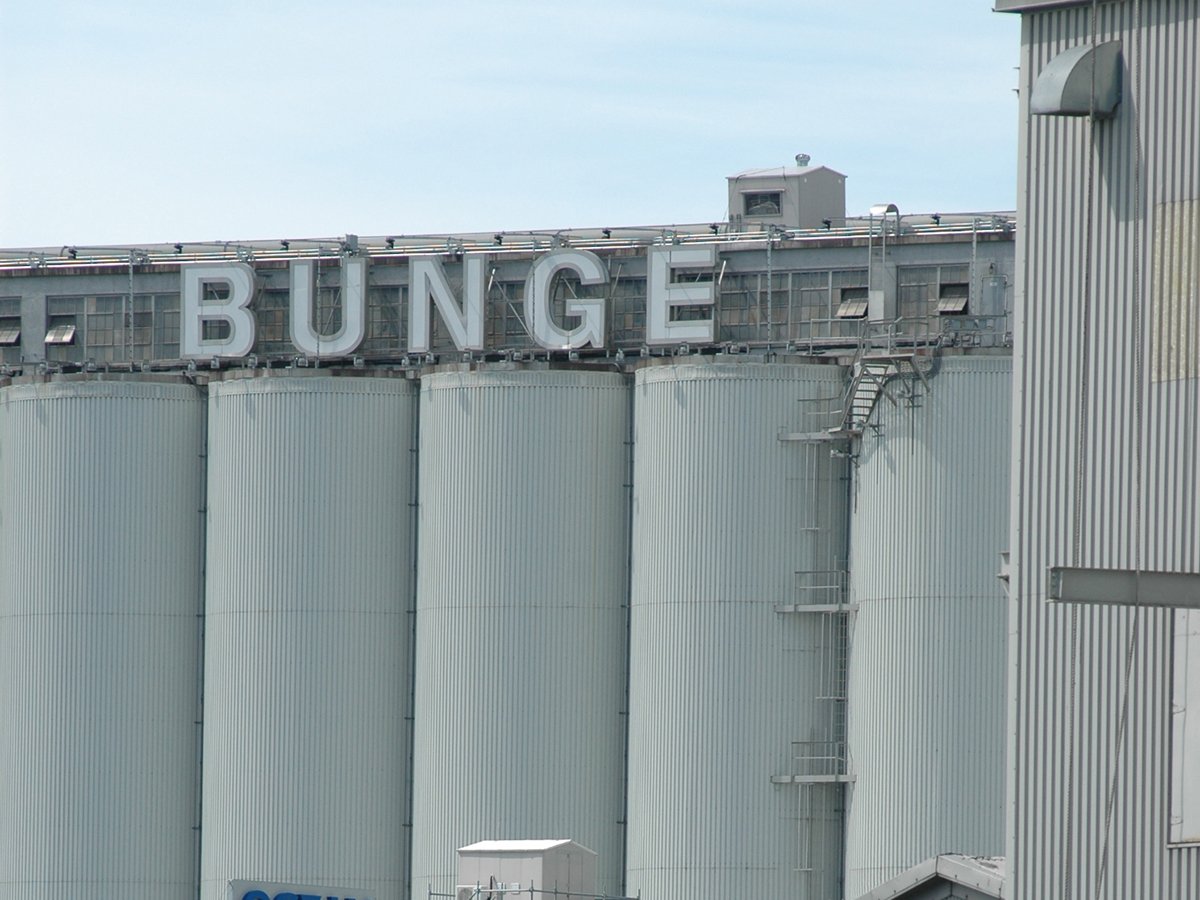
Bunge’s crop mix is changing
Bunge has predominantly been a soybean processing firm, but that’s about to change after the merger with Viterra with softseed processing and grain merchandising gaining ground.
“So if a farmer hasn’t claimed them by Jan. 1, he’s never going to be able to claim them.”
Dorgan said many Alberta farmers have yet to claim retroactive carbon credits, “and it’s too bad, because there’s going to be millions of dollars left behind.”
Carbon credits are worth $13 to $15 per tonne, depending on the soil zone.
Provincial legislation dictates that large emitters must reduce their emission intensity by 12 percent annually, based on an average of emissions between 2003 and 2005.
One of the ways they can do that is by buying carbon offsets, and only the agriculture and forestry industries can remove carbon from the atmosphere.
“There’s a lot of opportunity for offsets (in Alberta),” said Dorgan. “Ten percent of the population and 40 percent of the national emissions profile happens right here.”
Every tonne of carbon dioxide removed from the atmosphere is equal to one offset credit.
Also starting in the new year, only credits that meet new evidence requirements will be eligible.
Alberta Agriculture statistics indicate that agriculture emits eight percent of Alberta’s total greenhouse gas emissions but “agricultural practice improvements have already removed 15 percent of legislated emissions reductions, or 3.2 million tonnes of carbon dioxide from the atmosphere.”
The carbon credit system has earned farmers $38 million, the department said.
“Farmers have an opportunity to help out these nasty large emitters because farmers that can qualify to generate carbon credits are not only practicing good sustainable farming, but they get to help with the whole climate change issue and they’re being rewarded for it,” said Dorgan.
Key points for carbon offsets in Alberta
•credits calculated on calendar year
•fall fertilized and fall seeded land can qualify if low disturbance openers are used
•most sweeps do not qualify as zero till
•inter-row tillage is considered the same as full tillage
•farmers can make their own application for credits, although individually they don’t often have enough to attract large-scale buyers of offsets
•aggregator services can produce larger packages attractive to buyers and handle the paperwork. A list is available on the Carbon Offset Solutions website



